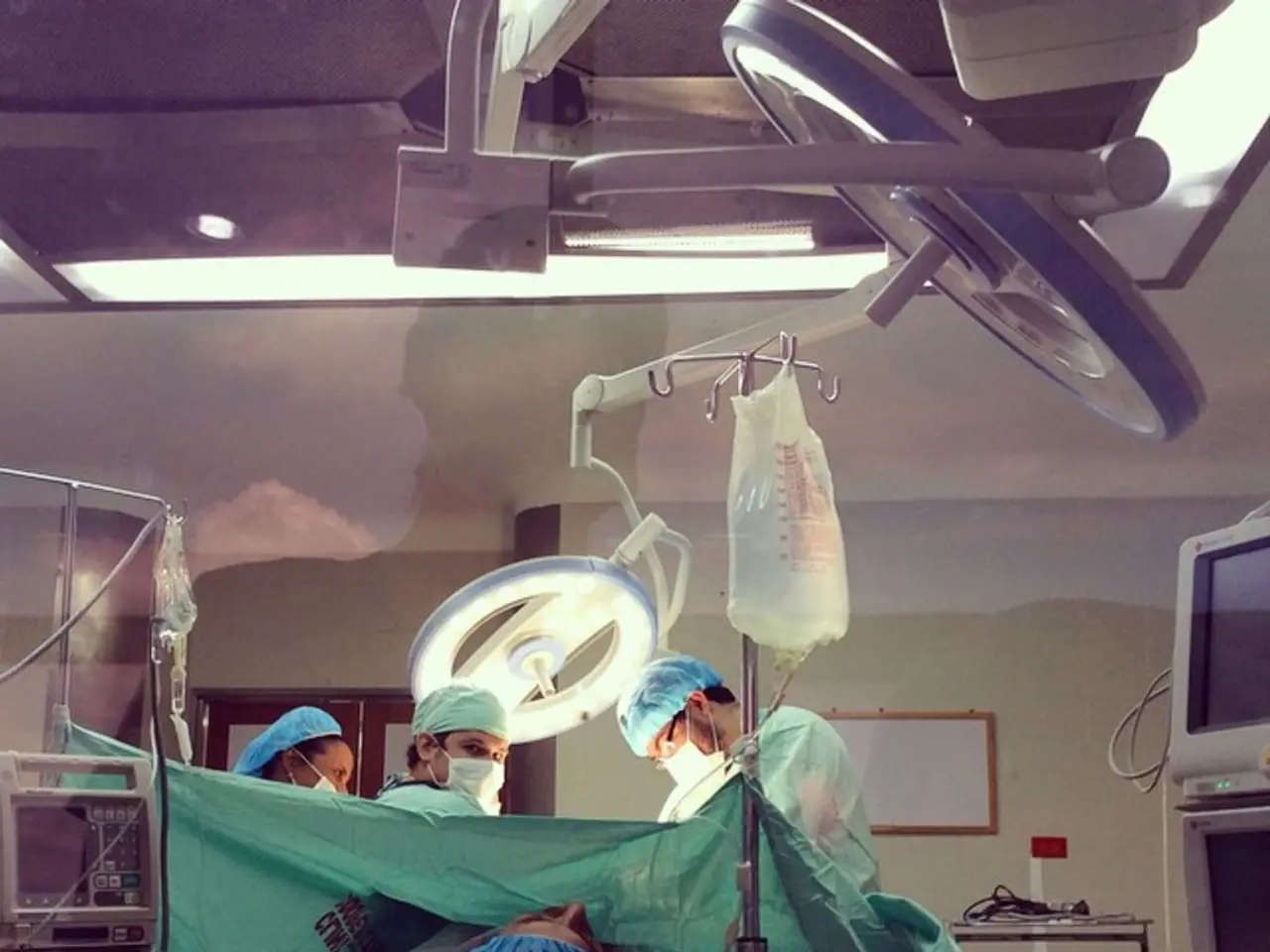Robotics deployment in the NHS expedited, expected to profit millions of patients
The National Health Service (NHS) England is set to witness a significant transformation with the expansion of robotic surgery, as the first national guidance on the delivery of such programs is published. This comprehensive approach aims to ensure patient safety, maximise the potential of robotic surgery, and bring about a new era of advanced medical care.
According to the guidance, the adoption of surgical robots will increase from 2026, following the approval of multiple robotic systems by the National Institute for Health and Care Excellence (NICE). This ensures that these technologies meet national standards for safety and efficacy before widespread deployment.
The introduction of robotic surgery is subject to rigorous governance frameworks, ensuring patient safety, professional accountability, and regulatory compliance. This includes obtaining necessary approvals at local, national, or international levels, as well as monitoring outcomes closely.
A national registry for robotic surgery data is set to be developed by 2029, supporting quality assurance and continuous improvement. This data will be integral in ensuring the safety and effectiveness of robotic surgery, as well as identifying areas for improvement.
The NHS projects a significant scale-up in robotic-assisted surgeries, with the aim of reaching half a million annually by 2035. This ambitious target is underpinned by the expectation that robot-assisted techniques will be used in nine out of ten keyhole surgeries within a decade.
One of the key benefits of robotic surgery is the potential for quicker recovery times and shorter hospital stays. For instance, some bladder cancer patients who undergo robotic surgery are leaving hospital in just five days, compared to the expected ten days with traditional open surgery.
The NHS also expects to see increasing numbers of emergency operations using robotics, as the technology continues to prove its worth in a variety of surgical procedures.
Sir Jim Mackey, the NHS chief executive, has stated that expanding the use of new technology such as robotic surgery will play a huge part in returning to shorter elective waiting times by 2029. He also emphasised that robotic surgery speeds up the number of procedures the NHS can do, leads to better outcomes, a faster recovery, and shorter hospital stays for patients.
The robotic surgery instruments are controlled by a surgeon at a console using a 3D camera, providing greater dexterity and easier manipulation. This increased precision allows for more complex procedures to be performed with a higher level of accuracy, reducing the risk of complications.
In conclusion, the national guidance emphasises a regulated, phased expansion of robotic surgery in line with NICE standards and robust governance, supported by data infrastructure and integrated within a future-facing digital and clinical framework for the NHS. This comprehensive approach ensures patient safety and maximises the potential of robotic surgery programs across NHS England.
- The expansion of robotic surgery in the NHS could potentially benefit patients with chronic diseases, such as cancer, as it might lead to quicker recovery times and shorter hospital stays.
- As mental health plays a crucial role in overall health and wellness, the NHS is also exploring the use of alternative treatments like CBD for managing anxiety and stress, which are common among patients dealing with medical-conditions and undergoing surgery.
- Guidelines for fitness and exercise programs could be integrated into health-and-wellness plans alongside the adoption of robotic surgery, to support faster patient recovery and overall well-being.
- The success of robotic surgery in various medical-conditions and surgical procedures could pave the way for its application in managing specific mental-health conditions, providing a new and minimally-invasive approach to treatments in the near future.




